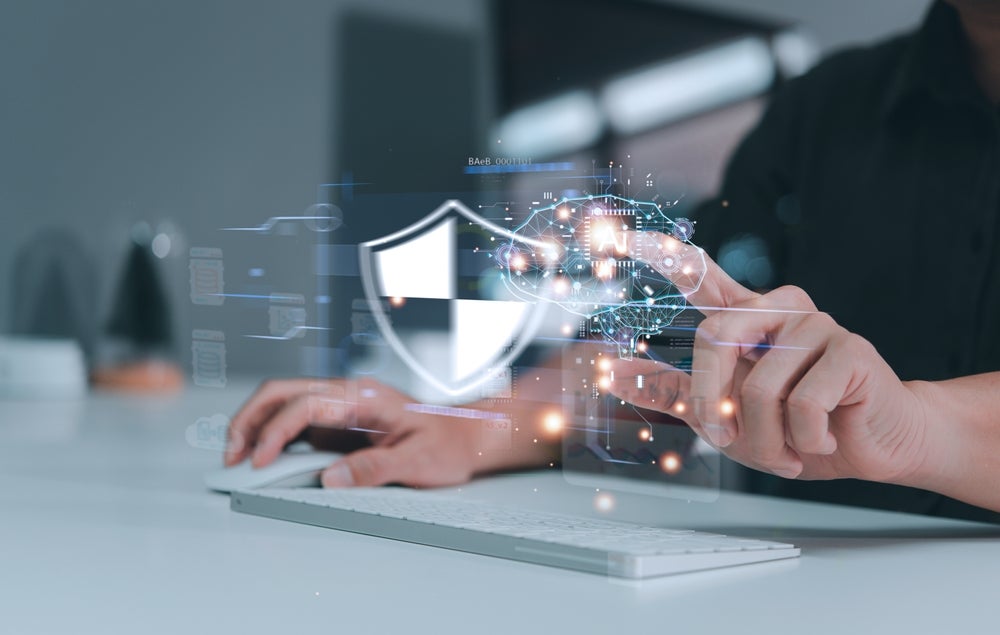
Organisations are under a great deal of pressure to incorporate Artificial Intelligence technology into their cyber security operations. However, they should not simply jump in because everyone else is doing so. AI is not a simple, one-size-fits- all solution. Its success or failure depends on finding the right business use case.
The latest versions of AI, dubbed Generative AI, have great potential. These solutions work with much larger volumes of information (hundreds of billions of words) and larger data models (hundreds of billions of parameters) than previous AI systems. As a result, they possess impressive and unprecedented power and perform very sophisticated functions.
Unlike other technology solutions, AI is a generic horisontal product. The technology’s use is limited only by one’s imagination. It can be applied to any application and any process. Because of its power and flexibility, AI is often viewed as either an opportunity or a threat. In reality, it presents both, according to Acora head of cyber services, James Fernley.
AI’s Possible Cyber Security Applications
AI helps firms in many ways. One area of keen interest is sifting through the large volumes of data companies generate, correlating that information, and providing employees with business insights. Such functionality is especially helpful with cyber security.
Anomaly Detection
How well do you really know your competitors?
Access the most comprehensive Company Profiles on the market, powered by GlobalData. Save hours of research. Gain competitive edge.

Thank you!
Your download email will arrive shortly
Not ready to buy yet? Download a free sample
We are confident about the unique quality of our Company Profiles. However, we want you to make the most beneficial decision for your business, so we offer a free sample that you can download by submitting the below form
By GlobalDataAI algorithms monitor user behaviour and identify unusual patterns that may indicate outsiders probing for weak spots in your network perimeter.
Intrusion Detection Systems
They monitor network traffic in real-time; locate suspicious activities, for instance, a user trying to enter system administrator credentials, and call attention to such activities, so they can be investigated and acted upon when necessary.
Phishing Detection
AI software examines email content, sender information, and user behaviour to detect, flag, and thwart phishing attempts.
Automated Scanning and Patch Management
By scanning configurations, they identify software and system vulnerabilities, recommend changes, and apply patches automatically.
Insider Threat Detection
AI tracks user activities to detect deviations from normal behavior, which may indicate insider threats or compromised accounts.
Furthermore, AI has the ability to take on tasks that staff typically complete. The tools enable companies to automate threat detection and incident responses. When a problem arises, the software isolates the affected systems, blocks malicious IP addresses, and remediates the problem. These solutions work in real time whereas staff would have to gather information, correlate it, and then act, giving the intruder more time to tinker with your systems.
New Personnel Issues Arise
However, many employees become concerned about how the changes will impact them. Their fears are warranted – at least to a degree. On this, Fernley said: “Traditional SOC analysts’ roles will decline, but we will see an increase in softer security skill roles with more human aspects.”
Conflict also arises because business units have different objectives. An IT leader’s first instinct is to embrace new technology and get as much value out of it as possible. Fernley addded: “A security practitioner’s first instinct is to protect, secure and lock systems down.”
AI offers organisations a way to streamline processes, improve service, and reduce the likelihood of a data breach. However, businesses need to recognise how implementing the technology will impact their operations and take steps to smooth out the rough edges often created during such transitions.






